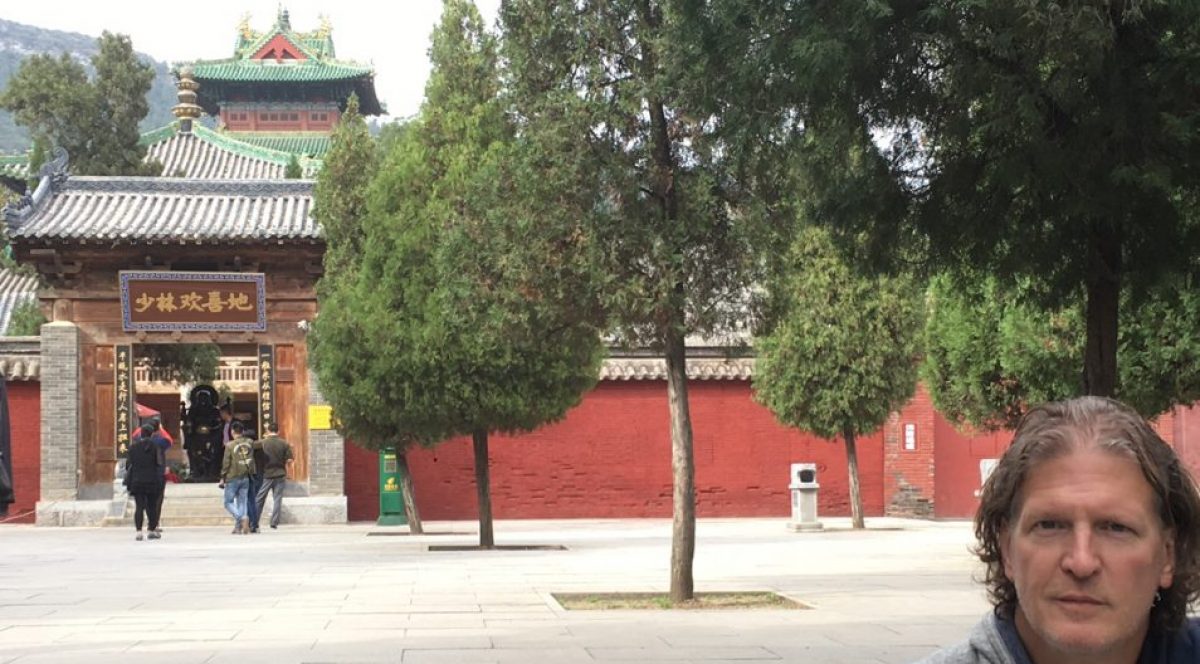Here are some innovative workout ideas that were gaining popularity:
1. **High-Intensity Interval Training (HIIT)**: These workouts involve short bursts of intense exercise followed by brief periods of rest or lower-intensity exercise. They can be done in a variety of formats, including circuits, Tabata, and AMRAP (As Many Rounds As Possible).
2. **Functional Fitness**: This focuses on exercises that mimic movements you do in everyday life, such as squats, lunges, and pushing and pulling movements. It’s great for improving overall strength and mobility.
3. **Bodyweight Training**: This involves using your own body weight as resistance for exercises, such as push-ups, squats, and planks. It’s a great option for those who don’t have access to gym equipment.
4. **Yoga and Pilates**: These workouts focus on flexibility, core strength, and balance. They can help improve posture, reduce stress, and increase overall body awareness.
5. **Group Fitness Classes**: These can include anything from dance-based workouts like Zumba to boot camp-style classes. They’re a great way to stay motivated and have fun while working out.
6. **Mind-Body Workouts**: These include activities like tai chi and qigong, which focus on the connection between the mind and body. They can help reduce stress and improve overall well-being.
7. **Outdoor Workouts**: These can include activities like hiking, biking, or even just going for a walk or run outside. Being in nature can have many mental and physical health benefits.
8. **Virtual Workouts**: With the rise of technology, many people are turning to virtual workouts, which can include anything from live-streamed classes to workout apps.
Remember, it’s always important to listen to your body and consult with a healthcare professional before starting any new workout routine.
